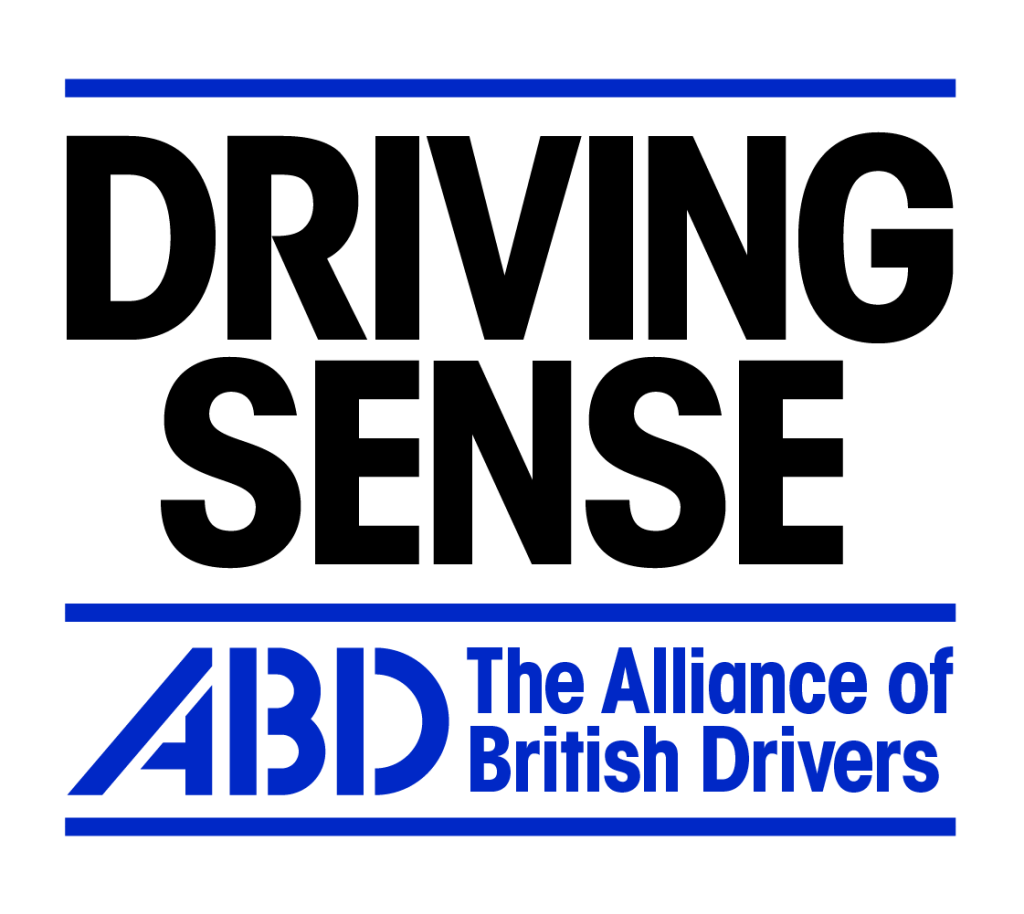There Is Rarely A Single Assignable Cause For Any Crash
A bit like in a relationship break up, crashes are rarely the fault of one party entirely. Rather, the reasons for crashes are inter-related and nuanced. This is why “most crashes defy attempts to be sure about the real root cause.”
In a classic rear end shunt, for example, how can we split the responsibility between going too fast, travelling too close and not paying attention? And how can we say which one would have best prevented it?
This realisation confirms the wisdom of the Mind Driving proposition that in order to stay safe, drivers must keep all three elements of the Risk Model, Speed, Surprise and Space, in balance. Attention to speed alone, for example, is dangerouly misleading!
Limitations Of Official Crash Statistics
Annual crash statistics collated by the Department for Transport (DfT) tell only part of the story. This is because not all crashes have to be reported to the police. The only ones that must are where:
- the parties were unable to exchange details at the scene,
- at least one person was injured, or
- a person may have committed a driving offence
By definition therefore, the police only get to know about only a proportion of the crashes that occur.
This Campaign is concerned with creating a better driving culture so as to minimise the risk of all crashes occurring regardless of severity, because it is often only a matter of luck that no parties were injured.
The Home Office Stats 19 Form Used For Recording Crashes
Police officers use the Home Office ‘STATS 19’ form to record their assessment of what factors contributed to reportable accidents brought to their attention. The vast majority of these will be injury accidents. The form lists 72 Contributory Factors under 9 Cluster Headings. For those interested the full list of headings can be found at:
https://assets.publishing.service.gov.uk/media/60d0cc548fa8f57ce4615110/stats19.pdf
Recall that there is rarely a single assignable cause for any crash and for the less serious crashes these factors will have been chosen on the basis of a “best guess” by the officer dealing. Basically, the reporting officer selects up to six factors and must indicate whether each of the factors is ‘Very Likely’ (A) or ‘Possible ‘(B) to have contributed to the crash.
When people have been Killed or Seriously Injured in a crash, these KSI crashes attract more thorough investigation carried out by specialist accident investigators. Even then however, this higher level of investigation may still not pinpoint a single root cause.
Crash Causation Cluster Headings

The book, ‘How Not To Crash’ is written by former police Road Traffic Officer, Reg Local. Each chapter of the book is devoted to one of the 9 Cluster Headings of the Stats 19 form.
The figures supplied by the Department for Transport (DfT) cover all crashes reported to the police in 2014 including those in which people were killed or seriously injured (KSI).
The book itself breaks down these cluster headings into their constituent sub-headings. Under these the author offers real-life insights and anecdotes regarding the factors which contribute to crashes with the benefit of his years of practical experience.
For our immediate purposes we present below just the table of cluster headings but not the sub headings in order to give a high-level overview:
Table of Cluster Headings – Factors Contributing To All Crashes in 2014
| Cluster Heading | Contributory Factor | Percentage of Crashes |
| 1 | Driver / Rider Error or Reaction | 72% |
| 2 | Behaviour or Inexperience | 25% |
| 3 | Injudicious Action | 23% |
| 4 | Road Environment Contributed | 13% |
| 5 | Impairment or Distraction | 13% |
| 6 | Pedestrian Only (Casualty or not) | 12% |
| 7 | Vision Affected by External Factors | 11% |
| 8 | Special Codes | 5% |
| 9 | Vehicle Defects | 2% |
As one might expect, driver or rider error is by far the biggest single cluster heading. If we drill down further we can discern the involvement of ‘Illegal Speed’ as distinct from ‘Inappropriate Speed’.
Percentage of Crashes In Which ‘Speed’ Was A Contributory Factor
The percentage of crashes in which different types of speed is a contributory factor can be found under Cluster Heading 3 and 6 of the Stats 19 form as follows:
Cluster Heading 3: INJUDICIOUS ACTION:
Factor 306 Exceeding The Speed Limit (5% of all crashes)
Factor 307 Travelling Too Fast For The Conditions (7% of all crashes)
Cluster Heading 6: BEHAVIOUR OR INEXPERIENCE
Factor 604 Driving Too Slow for Conditions (<1% of all crashes)
In the grand scheme of things therefore we can go on to see that the role that exceeding the speed limit plays in crashes at 5% is minimal relative to other factors we will now discuss.
Speed as a Causation Factor: Understanding the complex relationship between “Illegal”, “Inappropriate” and “Excessive” Speed
The Stats 19 form rightly makes the distiction between ‘Exceeding A Posted Speed Limit’ (Illegal Speeding ) and ‘Driving At An Inappropriate / Excessive Speed For The Conditions’

I am grateful to the Alliance Of British Drivers for the comparison tables below which clarify the above relationships. (Note: ISA = Intelligent Speed Assistance system fitted to vehicles)
ILLEGAL & INAPPROPRIATE SPEED / ABOVE SPEED LIMIT = EXTREMELY UNSAFE
| Comments | Solution |
| Above speed limit fatal and serious injury road accidents are predominantly perpetrated by criminal and / or grossly perceptually-impaired road users, who are utterly unaffected by automated speed enforcement or ISA1. | Road user education / training issue, coupled with enhanced visible police presence; focussed on identifying & addressing erratic road user behaviours indicative of impairment and / or criminal behaviour. |
EXCESSIVE & INAPPROPRIATE SPEED / ABOVE SPEED LIMIT = UNSAFE
| Comments | Solution |
| Observation and hazard perception failures are the predominant causal factors of at and below speed limit RTAs per RAS 50001 Contributory Factor Tables1. Often exacerbated by inadequately highlighted, unsafe road configurations: e.g., transitional (spiral) bend curvature. | Education & training issue; enforcement-unaffected & enforcement-immune. ISA only a postive influence if speed limits are set using sound road safety science, i,e., 85th Percentile Principle. |
ILLEGAL ONLY / ABOVE SPEED LIMIT = FREQUENTLY SAFE
| Comments | Solution |
| Speed limit on relevant road stretch set substantially below 85th Percentile Speed. Consequently it – & corresponding enforcement operations (likely lucrative with particular road stretch selected for that very reason) – are also inappropriate & risk bringing other, appropriately-set limits into disrepute. | Road safety establishment Best Practice failure urgently requiring remedial attention. |
1 https://www.gov.uk/government/statistical-data-sets/ras50-contributory-factors.
Road Safety Partnerships routinely allege that “speed” was a contribtory factor in crashes without drawing attention to this crucial distinction. They then seek to justify the deployment of speed cameras by making this disingenuous claim. This of course is trite because, as already noted, nobody would crash if nothing was moving!
We also demonstrated that driving in excess of a posted speed limit is not dangerous per se. By definition, it only becomes dangerous when it is out of balance with the other two risk Mind Driving risk factors – Surprise and Space. Only then does speed become inappropriate for the conditions.
By conflating ‘exceeding speed limits’ with ‘inappropriate speed’, cash-strapped local authorities are able to monetise safe drivers for exceeding posted speed limits. An added injustice is that as more and more speed limits are reduced below that which most decent drivers consider reasonable, more and more safe drivers (as defined by compliance with the Risk Model) can be monetised.
